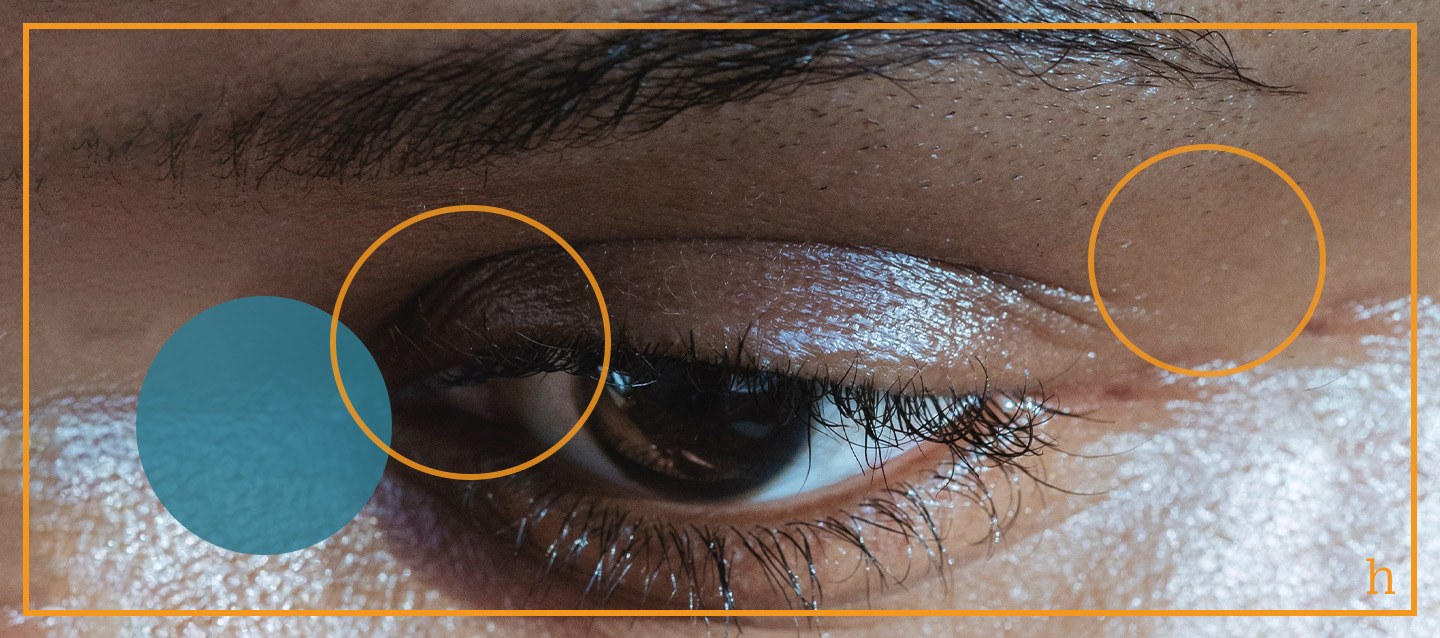Have you ever felt like you couldn’t shake the past? More often than not, our attempts to ease our pain, to forget traumatic memories that so often reappear as uninvited guests, and to break free from something we never chose for ourselves, result in only temporary reliefs. That is if they provide any relief at all.
The effects of trauma
When trauma occurs, the disturbing memories become locked in the brain: stored in the way they were experienced at the time of the original event. In other words, when an individual experiences a trauma, it becomes stored in its own memory network as it was perceived by the individual. This means that the images, thoughts, sensations, emotions, and beliefs are frozen in time, in both body and mind.
Consider this: just as your body is not able to fully heal a wound when there is leftover debris in it, the brain often can’t process memories of a trauma when the experience is stored in the form of irrational beliefs, dysregulated emotions, blocked energy, and physical symptoms that keep the memory of the trauma alive.
I like to ask my clients, “In what ways is your past still interfering with your life today?” Were there erroneous beliefs you developed about yourself or the world you live in based on the traumatic memories from your past?
Has childhood abuse led you to believe that the world isn’t a safe place?
Has emotional rejection throughout your life led you to chronic alienation and low self-esteem?
Have memories of war or recent deployments left you scarred with guilt, shame, and fear?
As you read this, what memories come to mind that wound your self-efficacy and leave you with a lesser sense of self-confidence?
EMDR for trauma recovery
This is where Eye Movement Desensitization and Reprocessing (EMDR) comes in as an effective treatment for PTSD, and other disorders.
Originally developed by Francine Shapiro, an American psychologist, and educator, in 1987, when she observed that moving her eyes from side to side appeared to reduce the disturbance of negative thoughts and memories. Shapiro’s chance discovery has influenced how mental health professionals all around the world can integrate the use of EMDR in trauma work.
How EMDR works
EMDR therapy shows that the mind can heal from psychological trauma much as the body recovers from physical trauma. Initially, Shapiro used eye movements in addition to talk therapy as the form of bilateral stimulation (BLS) that helped clear emotional, cognitive, and physical blocks from the individual’s information processing network (how the trauma is remembered).
Now, multiple devices and techniques can be used for BLS, such as the butterfly hug, light bars, tactile hand-held tappers, and headphones that alternate sounds, to name a few.
In theory, trauma leaves unprocessed memories, feelings, and thoughts, and these can all be more easily metabolized with the use of BLS, which speeds up the reprocessing of information when compared to talk therapy alone. Similar to REM sleep (the deepest form of sleep), the eye movements help access blocked information, allowing the body-mind to release it. What this process does is stimulate both spheres of the brain (the right and left hemispheres) which helps integrate the emotional portion of the memory along with the logical portion of the memory, allowing the whole brain to work together.
Additionally, this helps the client connect with what they are feeling in the safety of the therapist’s presence. This safety component is an integral part of anyone’s trauma-healing journey because it allows the client to process memories, emotions, and thoughts that may feel unsafe, in a safe space. In this sense, EMDR helps to stimulate the brain’s natural ability to process information and heal itself.
But EMDR is more than just what appears to be a hypnotic exercise. This comprehensive technique incorporates aspects of CBT, Psychodynamic Therapy, and Body-Centered Therapy in a holistic and integrative approach.
An EMDR Trained Therapist will safely and effectively guide the client through the process of desensitizing them to the distressing event or trauma. Once the individual no longer has a strong emotional response or reaction to the traumatic event, the memory can be reprocessed. The maladaptive beliefs about oneself and the world can be changed and seen more constructively. We want to move information from dysfunctional to functional; to help liberate the individual from their past into a healthy and productive present. When an event is effectively processed, we can remember the memory of it without having to experience the distressing emotions and/or sensations associated with it in the present.
Shapiro (2018) sums up the full experience of this approach beautifully: “We are informed by our memories; not controlled by them.”
Using a three-pronged approach, a skilled EMDR therapist will help the client learn from the negative memories of the past, desensitize present triggers that are distressing, and incorporate templates for congruent future action, which will allow the client to excel individually and within their interpersonal system.
Benefits of EMDR for treating PTSD
Effective EMDR will help clients achieve the following goals:
1. Alleviate presenting symptoms
2. Decrease or eliminate distress from the disturbing memory
3. Improve view of self (and one’s world)
4. Relief from bodily disturbance/physical triggers
5. Resolution of present and future anticipated triggers
So is EMDR just for PTSD?
Not at all! This powerful technique has been applied to the treatment of anxiety, depression, trust issues, performance-related anxiety, phobias, life transitions, and more! As we continue to grow on our journeys toward self-actualization, you may find yourself being held back by core beliefs that are no longer serving you. This is where an EMDR therapist can help guide you on the path to adaptive resolution as you work together to shift negative experiences into powerful life stories of resiliency.
Curious if EMDR is right for you? Reach out to our in-take team and they can help you make an informed decision.

